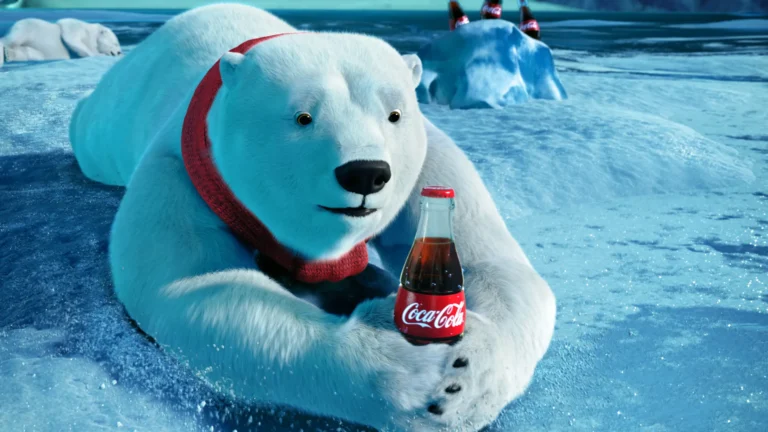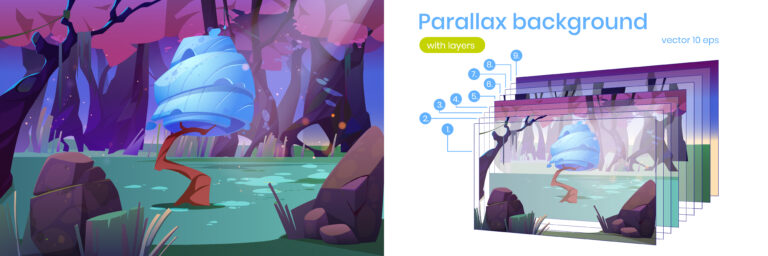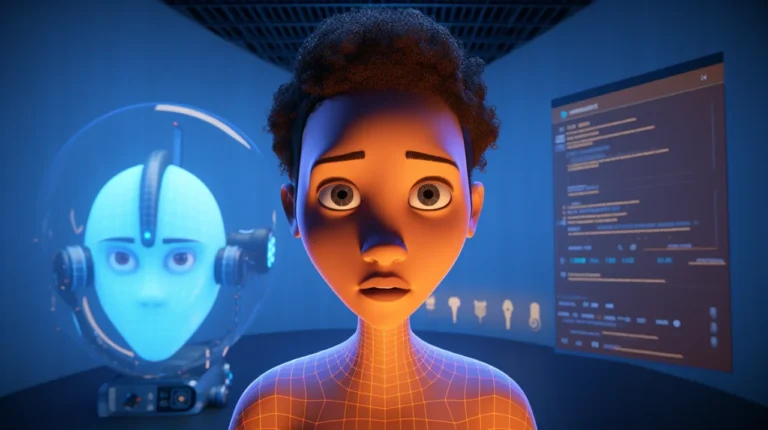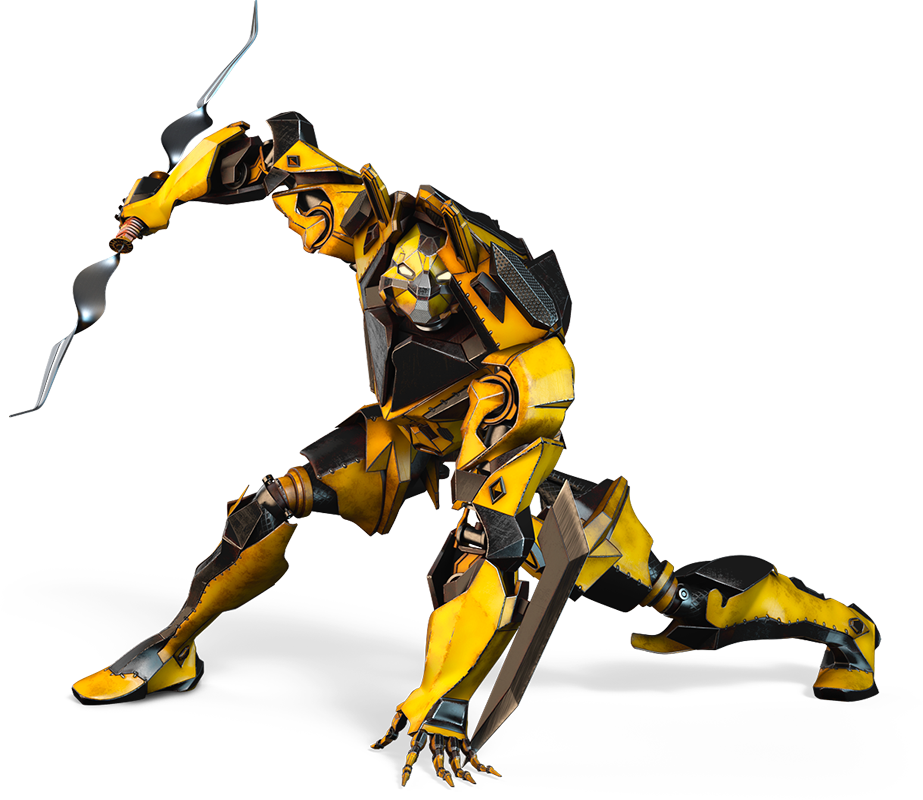VFX, or visual effects in 3D animation, is the process of creating various effects, such as explosions, fire, smoke, water simulations, creature animations, and more in computer-generated imagery (CGI). Applying VFX in 3D animation requires a combination of artistic skills, technical knowledge, and expertise in VFX software. VFX artists bring to life extraordinary or impossible scenarios that cannot be achieved practically.

Need 3D Animation Services?
Visit our 3D Animation Service page to see how we can help bring your ideas to life!
VFX Definition in 3D Animation Pipeline
Visual effects (VFX) play a crucial role in taking computer-generated 3D animation and integrating it convincingly into live-action footage. After the 3D assets like characters, props, and environments have been modeled, rigged, and animated, the footage moves into the VFX stage. With the rendered animation plates in hand, VFX delivers the final touches of visual magic that bring the director’s vision to life. The completed VFX shots are edited into the live-action scenes for a cohesive, visually stunning film.
4 Categories of VFX in 3D Animation
Particle Simulation
Different particles in a scene, like dust, smoke, fire, sparks, or magical effects, are created by this system. VFX artists can control different parameters, including size, color, velocity, lifespan, and interactions between particles, in order to enhance the realism and visual appeal of 3D animations.
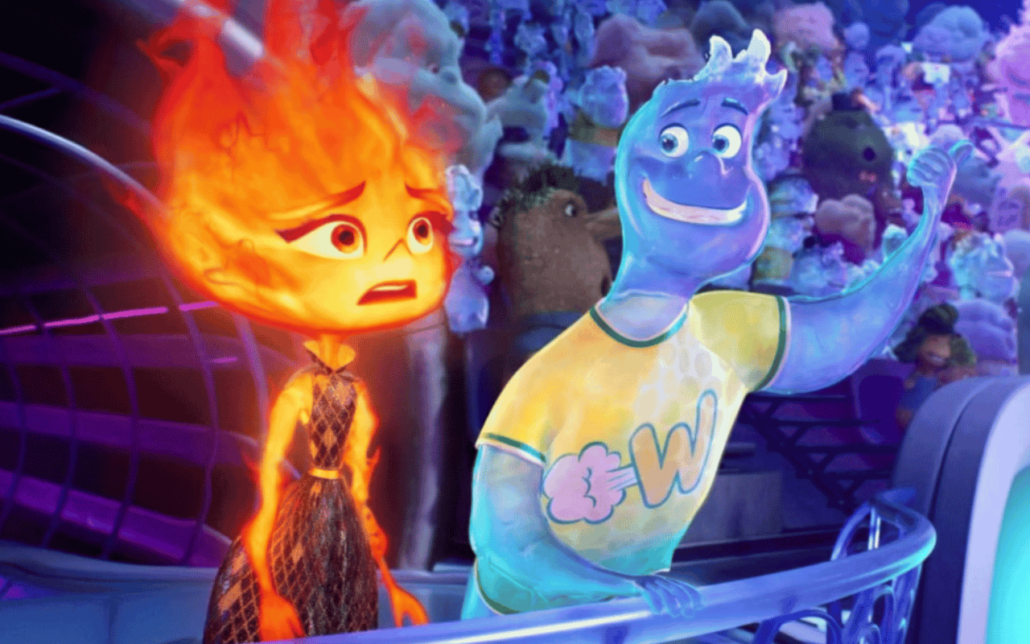
Fluid Simulation
A fluid simulation system is used to create realistic simulations of liquids, such as water, oil, or other fluids, by simulating the movement, flow, and behavior of fluids based on physical properties like viscosity, surface tension, and density. While creating scenes like pouring liquids, splashing water, or realistic water-based environments, fluid simulation is used.

Hair and Fur Simulation
Simulating the behavior and dynamics of hair or fur on animated characters or creatures is done using this system. The result of hair and fur simulation is realistic movement, collisions, and detailed and natural-looking design. VFX artists bring lifelike qualities to animated characters and creatures through this type of VFX in 3D animation, like what they did in Brave animation.

Body Simulation
The body simulation system has 2 parts, including rigid-body and soft-body. Rigid-body simulation is used to create physical properties of objects, such as mass, shape, and collisions. Soft-body simulation simulates the behavior of clothes, rubbers, or other flexible materials.
Rigid-Body Simulation: Falling objects, collapsing structures, and objects colliding with each other.
Soft-Body Simulation: Flowing fabric, bouncing balls, and characters with flexible body parts.
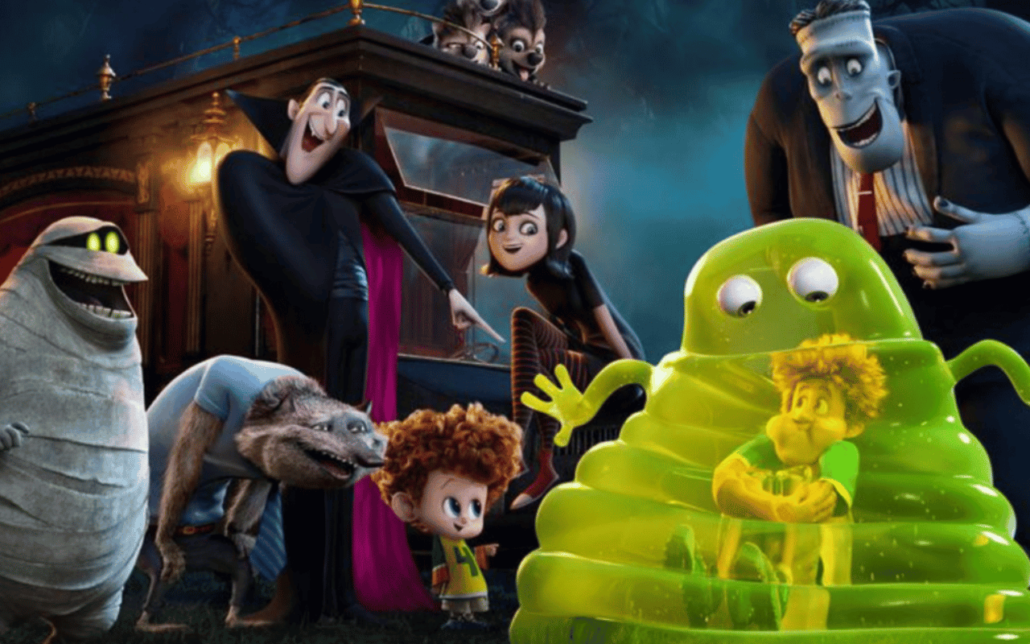
VFX in 3D Animation Workflow
Pre-Production
The VFX team works with the director and production team to concept and plan complex VFX sequences. They estimate cost and time requirements for things like CG characters, virtual environments, simulations, and compositing.
Asset Creation
VFX artists build 3D assets like characters, props, and environments in 3D modeling software. These assets are textured, rigged, and tested before being turned over to the animation team.
Animation
The animation team uses the VFX assets to animate performances and scenes in 3D software. Virtual cameras are set up to match live-action footage. The completed animation is rendered out as image sequences.
Track & Matchmove
VFX artists track features in the live-action plates to recreate the same camera motion with the virtual camera in 3D software. This matchmoving integrates the CG with live action.
Compositing
The rendered 3D elements are composited together and into the live-action plates using chromakey, rotoscoping and other techniques. Compositing seamlessly blends real and CG elements.
Effects Animation
VFX artists create dynamic simulations for cloth, water, smoke, particles and other effects to enhance the visuals.
Lighting
Additional CG lighting is added to match the VFX elements to the live action lighting and atmosphere.
Rendering
In rendering, VFX artists render out the final composited shots with effects like motion blur, depth of field, and camera lens effects.
Editing
The finished VFX shots are provided to the editing team for integration into the final edit of the film.
VFX Software for Animators and VFX Artists
VFX artists use different software to generate high-quality realistic results. Based on the project’s requirements and preferences, artists and 3D animation companies can choose to work with one or to use a combination of these tools.
Autodesk Maya: Modeling, animation, rigging, rendering, and creating 3D assets and character animation in VFX projects.
SideFX Houdini: Creating complex simulations, particle effects, dynamics, 3D animation, and VFX software.
Adobe After Effects: Compositing, color grading, and adding finishing touches to VFX shots.
Foundry Nuke: Integrating 3D elements into live-action footage, color correction, and creating intricate composites.
Autodesk 3ds Max: Modeling, texturing, animating, creating 3D assets, environments, and visual effects.
Blackmagic Fusion: Integrating CGI elements into live-action footage, creating complex composites, and applying various effects.
Other notable animation software tools used in the VFX industry include Cinema 4D, Substance Painter, ZBrush, RealFlow, Arnold, V-Ray, and many more.
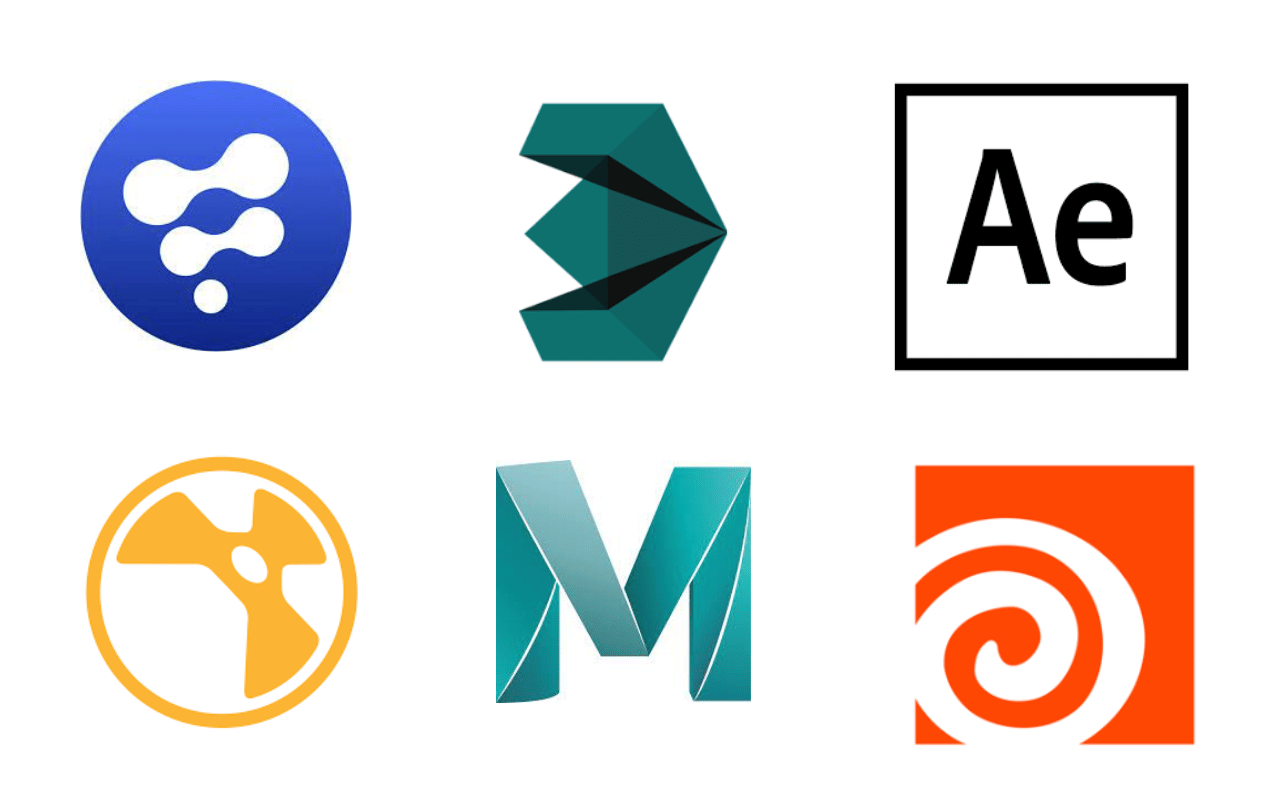
Different Types of VFX Techniques
VFX in 3D animation services has been categorized into different types based on specific visual elements. Here are 7 types of VFX techniques:
Environmental Effects
Environmental effects like water, fire, smoke, explosions, dust, fog, rain, snow, and other atmospheric effects enhance the realism and atmosphere of the environmental storytelling.
Creature Effects
Creature effects like dragons, monsters, aliens, and mythical beings are created using rigging, skinning, and animation techniques.
Destruction Effects
Destruction effects like buildings, breaking structures, shattering glass, and creating large-scale destruction sequences using rigid body simulations and particle systems.
Magical or Fantasy Effects
Visual effects like spells, enchantments, magical transformations, and other fantastical elements using particle systems, shaders, and animation.
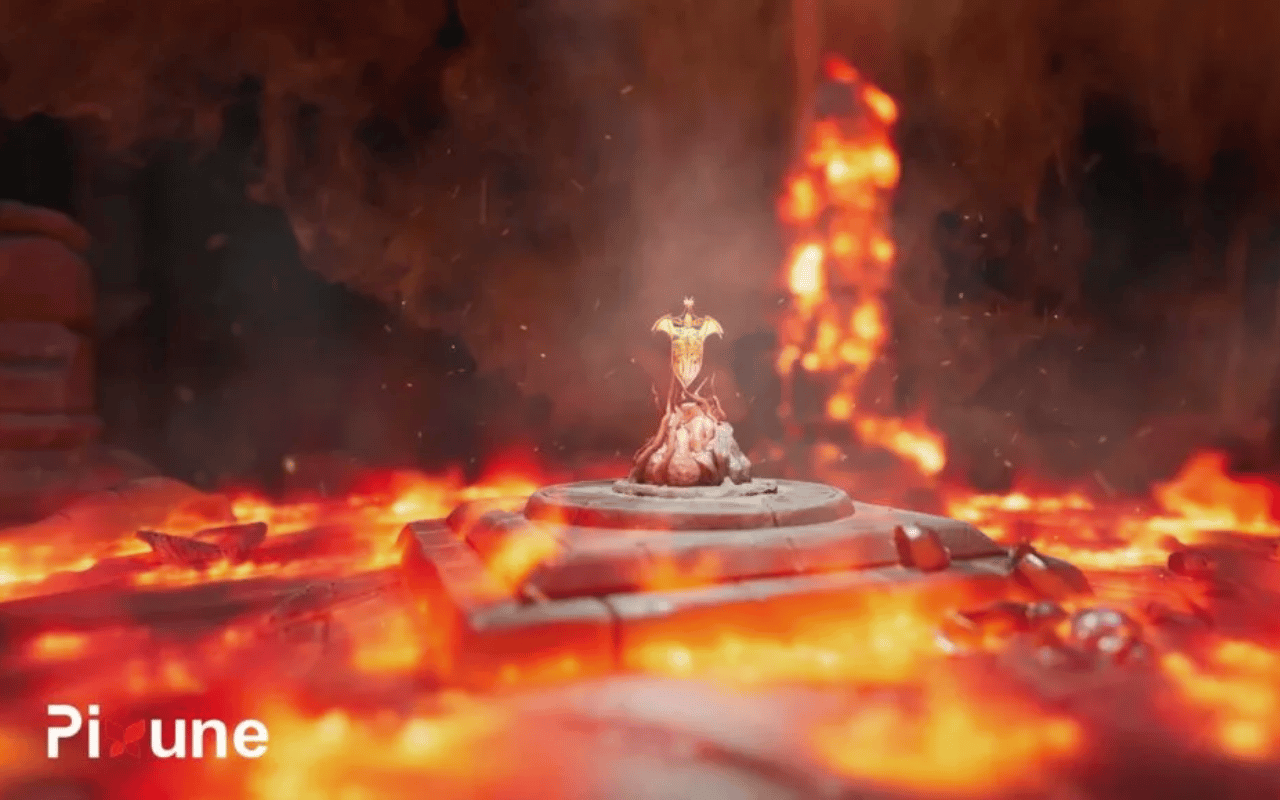
Cinematic Effects
Camera effects like motion blur, depth of field, lens flares, and other post-processing effects mimic the look and feel of real-world cinematography.
Simulation Effects
Simulation effects like cloth for realistic fabric movement, fluid for water or other liquid effects, hair or fur for characters, and dynamic for realistic object interactions or physics-based motion.
Compositing Effects
Integrating 3D animated elements into live-action footage, adding digital matte paintings, color grading, and applying other post-processing effects.
How Has VFX Changed the Animation Industry?
Visual effects (VFX) have changed the animation industry and visual experiences. Here are some ways in which applying VFX in 3D animation pipeline has transformed the animation industry:
- Enabling animators to create highly detailed, lifelike, and believable environments, characters, and visual effects using advanced techniques and technologies.
- Enabling animators to realize their creative visions on a grander scale, push the boundaries of imagination, and create intricate visual effects that were once limited by practical constraints.
- Enabling animators to blend real-world elements with animated characters or objects that fuse live action and animation seamlessly.
- Enabling animators to reduce production time and costs while experimenting and refining their work more efficiently.
- Enabling animators to capture real-world performances and transfer them onto digital characters using techniques like muscle simulations.
- Enabling animators to create complex scenes without the need for building extensive physical sets or conducting costly practical effects.
Conclusion
In conclusion, visual effects (VFX), with their ability to enhance visual realism, expand creative possibilities, and seamlessly integrate live action with animation, have opened up a realm of imaginative worlds. Through advanced techniques, technologies, and software of VFX in 3D animation, animators can benefit from it and create more realistic and awe-inspiring animations that enhance the story better. As there are many types and techniques of VFX in 3D animation, the workflow could be easier or more complex.

